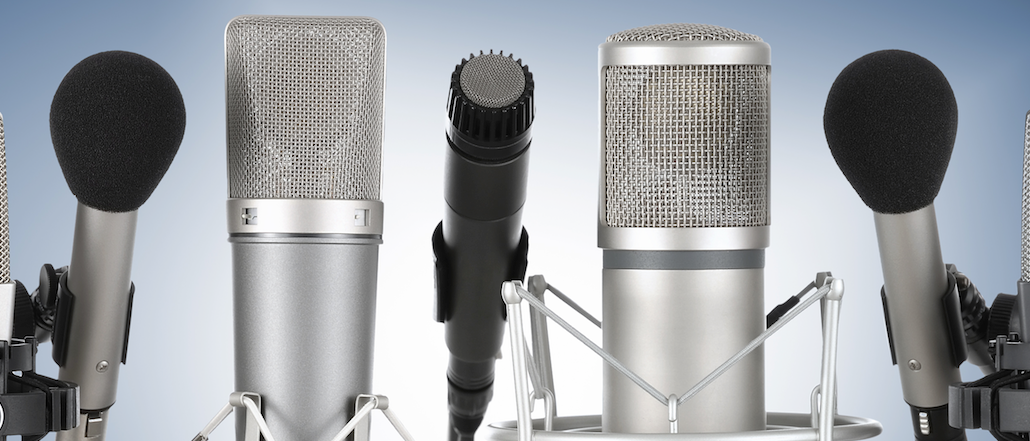Register by Jan 13 to save on passes and connect with marketers from Uber, Bose and more

Podcasting is the talk (and talk, and talk, and talk) of the town, and the phenomenon is more than just a “Serial” afterglow.
Podcasting has continued to progress in the decade since it began, albeit without the meteoric growth that was projected in its early days. A full 17 percent of the U.S. population 12 and over listen to at least one podcast a month, according to to an Edison Research study.
Here is the state of podcasting, in four charts.
Podcast audiences have grown mostly steadily.
Roughly 27 million Americans listen to a podcast once a week, according to Edison, based on a random sampling of 2,002 Americans age 12 and older. The market has been growing steadily over the past eight years, discounting a listenership dip in 2013.
Serial was a hit, but it remains the exception to the rule.
“Serial” is the most successful podcast of all time, with an average of 6 million unique downloads per episode, according to Podtrac, a podcast measurement and ads firm that sells the ads for “Serial,” “This American Life,” “This Week in Tech” and other top podcasts. Across all 12 episodes in season one, “Serial” has racked up 73 million total downloads, Podtrac data shows. Roughly 24 million of those downloads have occurred in 2015, even though the final episode of season one came out on Dec. 18, 2014.
Podcast advertising is in its infancy because audiences remain small.
A ZenithOptimedia report from June 2014 forecasted that the podcast ad market spend would remain at $34 million through 2016. Podcast listeners tend to be wealthy, well-educated and highly engaged, a set of desirable attributes for advertisers. Roughly 24 percent of Americans with a college degree listen to podcasts monthly, as do 26 percent of Americans earning more than $100,000 annually, according to the Infinite Dial study. And the roughly 27 million Americans who listen to podcasts on a weekly basis listen to an average of six each week.
Podcasting “is really interesting from a sizzle perspective as a media professional,” said John Tuchtenhagen, svp of media at Digitas, “but in terms of scale, it’s a pebble in the ocean compared to Spotify or Pandora or terrestrial radio.”
But there are signs of hope for podcast advertising.
While podcast advertising is dominated by direct response advertisers, some prominent brands have advertised on podcasts, including Google, Ford, PayPal and HBO. And more should join in, said McCrery, pointing to ad effectiveness studies Podtrac commissioned from independent third parties, including GfK, Future Research Consulting and TNS. Podcast advertising results in 62 percent average unaided ad recall, an 81 percent average increase in product or service awareness, a 187 average increase in usage intent, and a 69 percent average brand favorability rating.
More in Media

Why publishers are building their own creator networks
Publishers are forming creator networks to regain control, combat traffic declines, and reach audiences shifting toward influencers.

The accidental guardian: How Cloudflare’s Matthew Prince became publishing’s unexpected defender
Cloudflare’s day job is fending off botnets and nation-state cyberattacks, not debating how Google and other AI firms crawl publisher sites.

A timeline of the major deals between publishers and AI tech companies in 2025
Here’s a list of all the major deals signed between publishers and AI tech companies in 2025.








